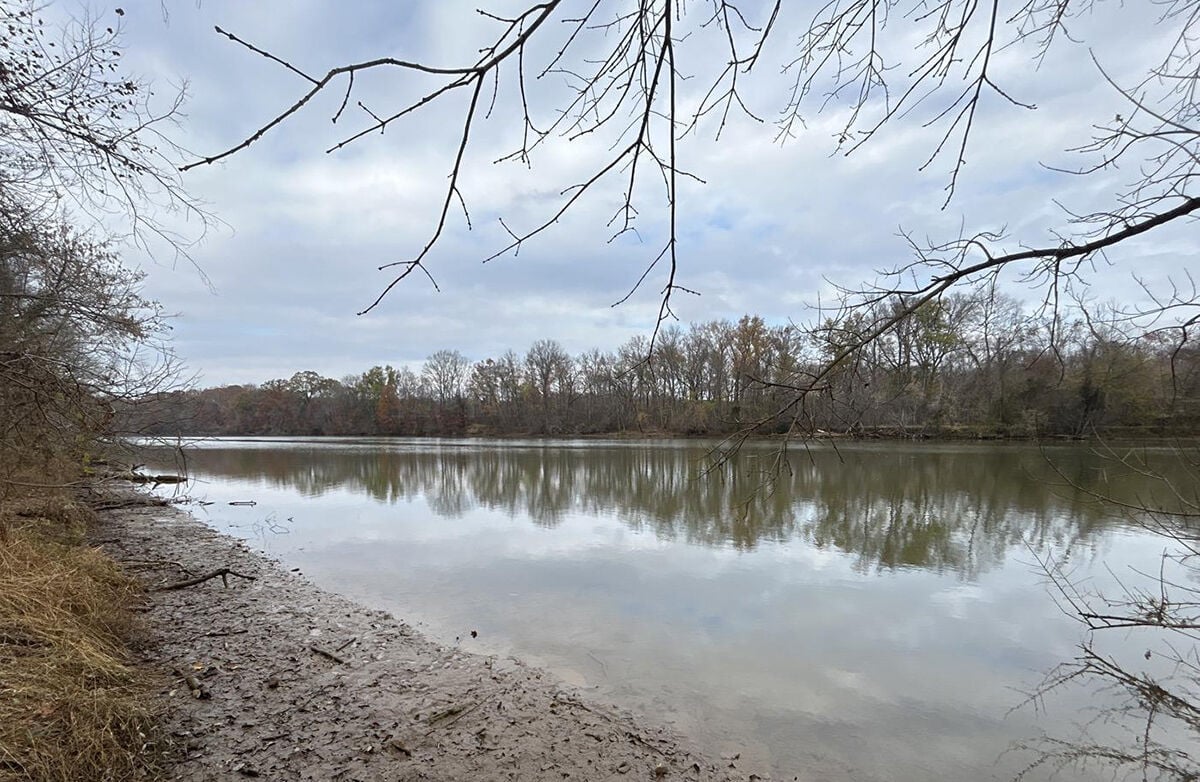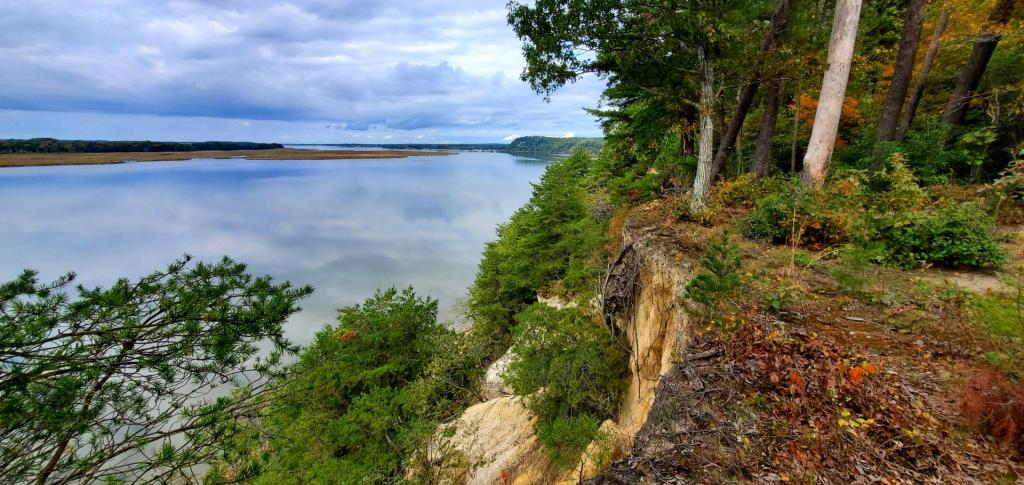
Rappahannock River Stewardship: Tribal Conservation of Ancestral Waterways
The Rappahannock River, a lifeblood weaving through the heart of Virginia, is more than just a hydrological feature; it is an ancestral artery, a sacred landscape, and the enduring identity of the Rappahannock Tribe. For millennia, this winding waterway has sustained their people, providing food, spiritual solace, and a cultural foundation that runs as deep as its currents. Today, in an era of unprecedented environmental degradation, the Rappahannock Tribe stands as a formidable guardian, leading a proactive and deeply spiritual stewardship movement to reclaim and restore the health of their ancestral waters, demonstrating a profound model of conservation rooted in traditional ecological knowledge.
Flowing approximately 184 miles from the Blue Ridge Mountains to the Chesapeake Bay, the Rappahannock River’s basin encompasses a rich tapestry of ecosystems, from pristine headwaters to fertile estuaries. Its name, derived from the Algonquian word "lapihkwikanne," meaning "river of quick, rising water," speaks to its dynamic nature and the profound respect it commanded from its original inhabitants. For the Rappahannock Tribe, this river is not merely a resource to be managed but a living relative, a source of spiritual energy and historical memory. Their very existence is intertwined with its ebbs and flows, its bounty, and its continued vitality.
The tribe’s historical connection to the Rappahannock is a narrative of resilience and deep-seated belonging. Prior to European colonization, the Rappahannock people thrived along the river, their villages dotting its banks, their lives intricately linked to its rhythms. They were sophisticated stewards, practicing sustainable hunting, fishing, and agriculture that ensured the river’s health for generations. The arrival of European settlers brought profound disruption, including forced displacement, disease, and the imposition of unsustainable land-use practices. Yet, despite centuries of adversity, including periods of federal termination and a long struggle for federal recognition, which was finally achieved in 2018, the Rappahannock Tribe never relinquished its spiritual and cultural claim to the river. Their enduring presence along its banks serves as a living testament to an unbroken chain of guardianship.
Today, the Rappahannock River faces a multitude of threats stemming from modern development. Agricultural runoff, industrial pollution, urban sprawl, deforestation, and the encroaching shadow of climate change have taken a toll, impacting water quality, diminishing biodiversity, and threatening the very cultural practices that define the Rappahannock people. Shellfish beds have been impacted, traditional fishing grounds altered, and the overall ecological balance disrupted. For the tribe, these environmental assaults are not just ecological problems; they are direct attacks on their heritage, their health, and their future. This dire situation has galvanized their resolve, transforming ancestral memory into urgent action.
At the forefront of this tribal conservation effort is the Rappahannock Tribe’s Environmental Department, spearheading initiatives that blend scientific rigor with traditional ecological knowledge (TEK). Their approach is holistic, recognizing that the health of the river is intrinsically linked to the health of the land, the air, and the people themselves. One of their flagship programs, "Return to the River," encapsulates this philosophy, aiming to restore the river’s ecological integrity while reconnecting tribal members, particularly youth, with their ancestral waters.
A cornerstone of their work involves extensive water quality monitoring. Tribal members, trained in modern scientific protocols, regularly collect samples, testing for pollutants, nutrient levels, and dissolved oxygen. This data is critical for identifying problem areas, advocating for stricter regulations, and informing targeted restoration efforts. "We’re monitoring our own waters because we know them best," explains Chief Anne Richardson, the first woman chief of the Rappahannock Tribe. "This river is our mother, and we have a responsibility to care for her, just as she has cared for us for thousands of years." This proactive data collection empowers the tribe to be self-sufficient in assessing the river’s health, rather than solely relying on external agencies.
Beyond monitoring, the tribe is deeply engaged in hands-on restoration. Oyster restoration projects are particularly vital, as these bivalves are natural filter feeders, capable of significantly improving water clarity and quality. The Rappahannock Tribe has been instrumental in establishing new oyster reefs, not only for their ecological benefits but also for their cultural significance, as oysters have long been a traditional food source. Similarly, efforts to restore submerged aquatic vegetation (SAV) – critical habitats for fish and other aquatic life – are underway, alongside wetland preservation initiatives that act as natural filters and buffers against storm surges.
Riparian buffer planting is another key strategy. By planting native trees and shrubs along the riverbanks, the tribe helps stabilize soil, reduce erosion, filter runoff before it enters the water, and create vital habitat for terrestrial wildlife. These plantings are often community-led events, fostering a sense of collective ownership and environmental responsibility among tribal members and local non-indigenous partners. The focus on native species ensures that the ecological integrity of the region is maintained and enhanced.
The Rappahannock Tribe’s stewardship extends beyond direct physical restoration to encompass broader community engagement and education. They host workshops, cultural events, and youth programs that teach traditional ecological knowledge, sustainable living practices, and the importance of environmental protection. By engaging the next generation, they ensure that the legacy of stewardship will continue, fostering a deep connection to the land and water that transcends modern distractions. These educational initiatives often highlight the historical context of their practices, demonstrating that conservation is not a new concept but a return to time-honored wisdom.
The philosophy underpinning the Rappahannock Tribe’s conservation efforts is fundamentally different from conventional Western environmentalism. It is not solely about preserving nature for human benefit, but about maintaining a reciprocal relationship with the natural world, recognizing its inherent rights and spiritual significance. Traditional Ecological Knowledge (TEK) is central to this. TEK encompasses generations of observations, practices, and beliefs concerning the relationship of living beings to their environment. It emphasizes interconnectedness, long-term sustainability, and an ethical framework that prioritizes the well-being of the entire ecosystem. For the Rappahannock, this means understanding the seasonal migrations of fish, the optimal times for harvesting, and the subtle indicators of environmental stress – knowledge passed down through oral traditions and lived experience.
This intergenerational responsibility is a powerful driver. Tribal elders, revered as knowledge keepers, impart wisdom about the river’s history and its future to younger members. The concept of "seven generations" – the idea that decisions made today should consider their impact on the next seven generations – is not an abstract concept but a guiding principle for every conservation decision. This long-term perspective contrasts sharply with the often short-sighted planning cycles of modern society.
Challenges persist, of course. Funding for tribal conservation initiatives can be a constant struggle, and navigating complex bureaucratic systems and securing permits for restoration projects requires significant effort. Furthermore, the Rappahannock Tribe continues to advocate for greater recognition of their inherent rights and sovereignty over ancestral lands and waters, pushing back against development projects that threaten the river’s health without adequate tribal consultation. Despite these hurdles, the triumphs are significant. Successful restoration sites stand as beacons of hope, demonstrating that ecological recovery is possible with dedicated effort and an informed approach. The growing recognition of tribal leadership in conservation, both locally and nationally, is also a testament to their unwavering commitment.
The Rappahannock Tribe’s stewardship of their ancestral waterways offers a compelling and crucial lesson for the global environmental movement. It highlights the indispensable value of Indigenous leadership and Traditional Ecological Knowledge in addressing the planet’s most pressing ecological crises. Their work on the Rappahannock River is not just a local story of resilience; it is a universal model for how deep cultural connection, coupled with scientific understanding, can forge a path towards genuine and lasting environmental sustainability. As the world grapples with climate change and biodiversity loss, looking to those who have lived in harmony with the land for millennia provides not just hope, but a practical, proven blueprint for a healthier future. The Rappahannock River, once a symbol of colonial conquest, is now a vibrant testament to the enduring power of Indigenous guardianship, flowing with renewed life and carrying the promise of a revitalized heritage for generations to come.

